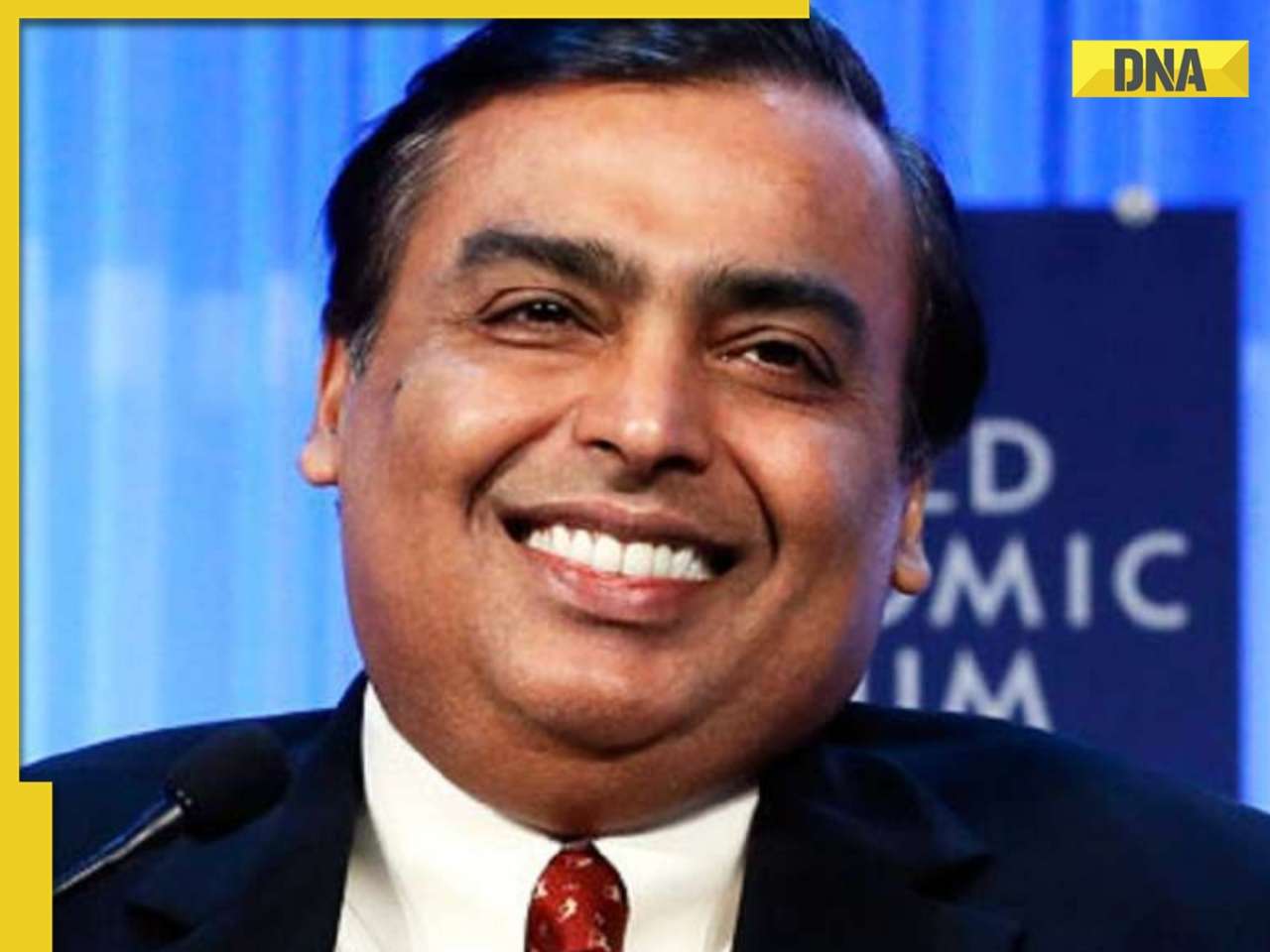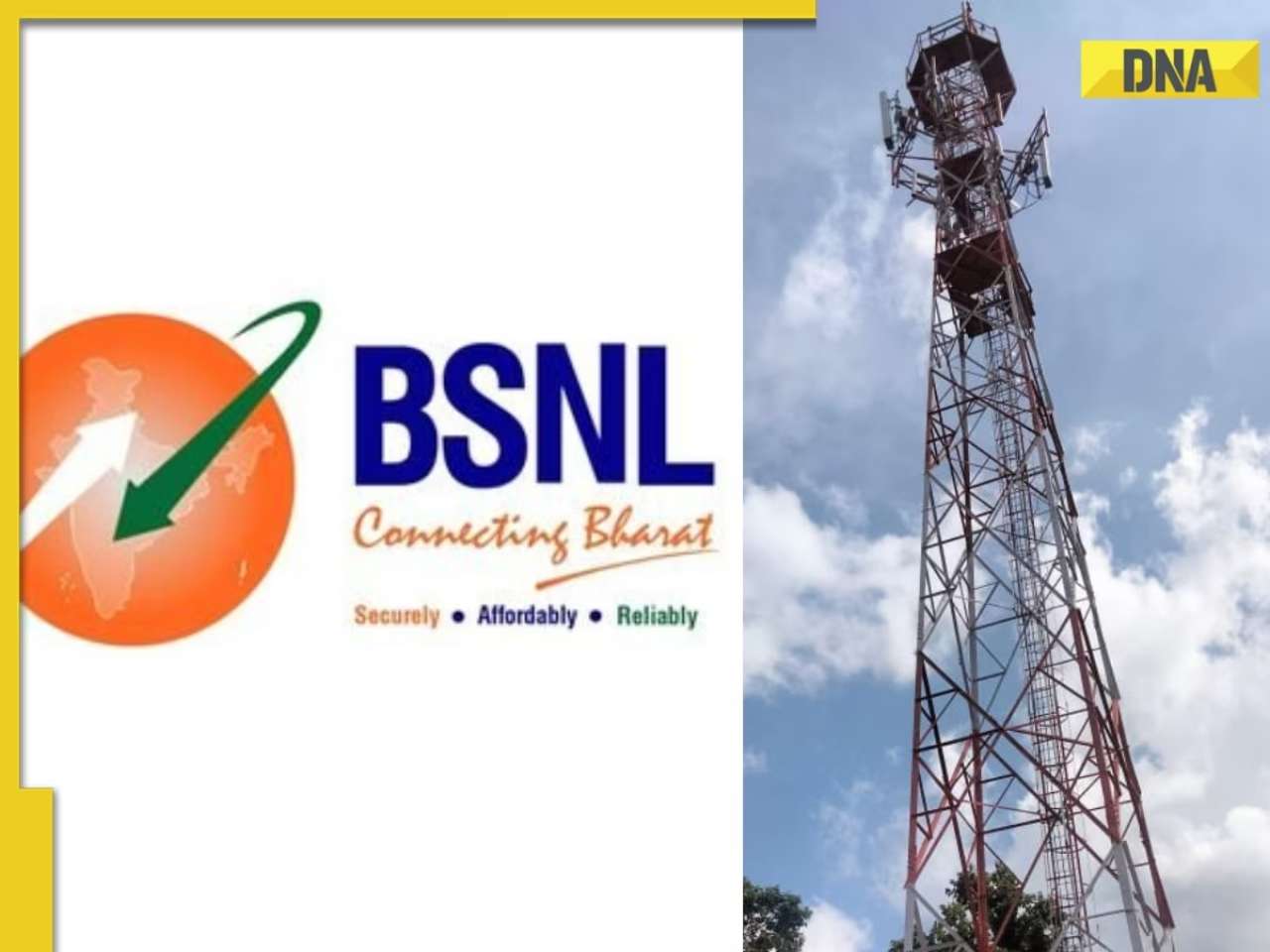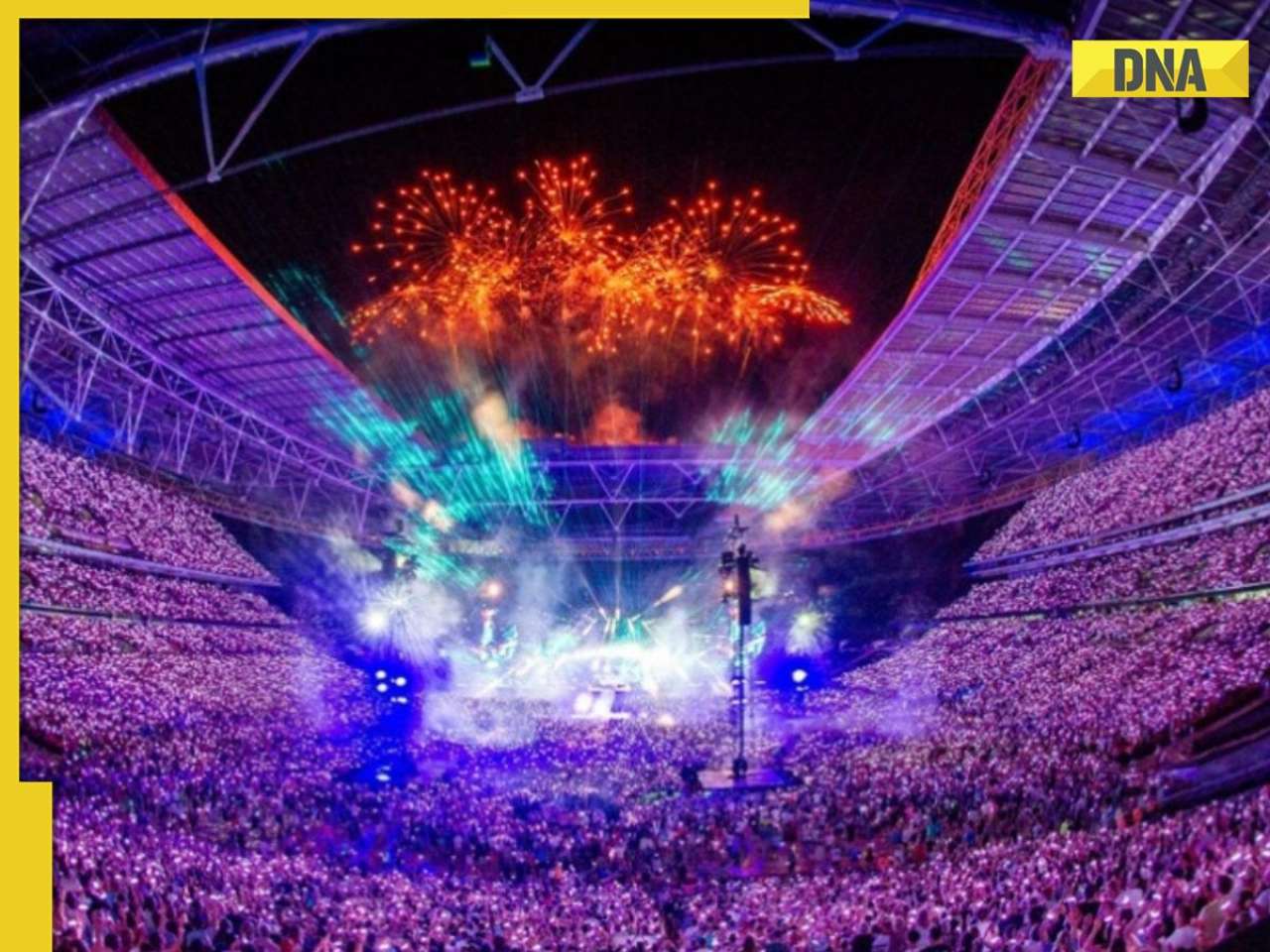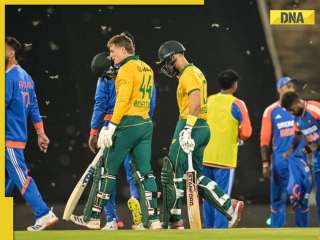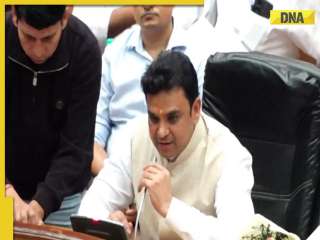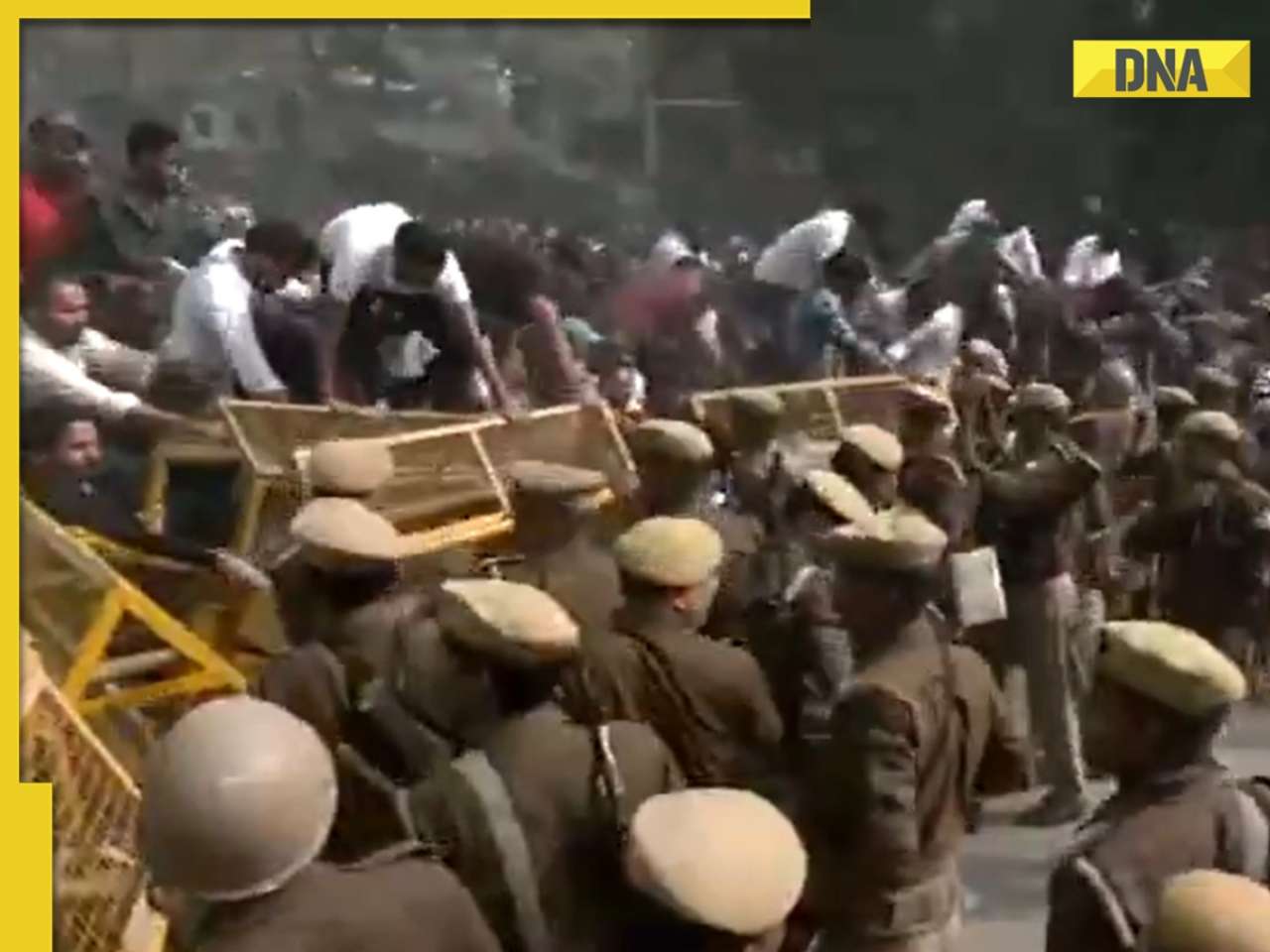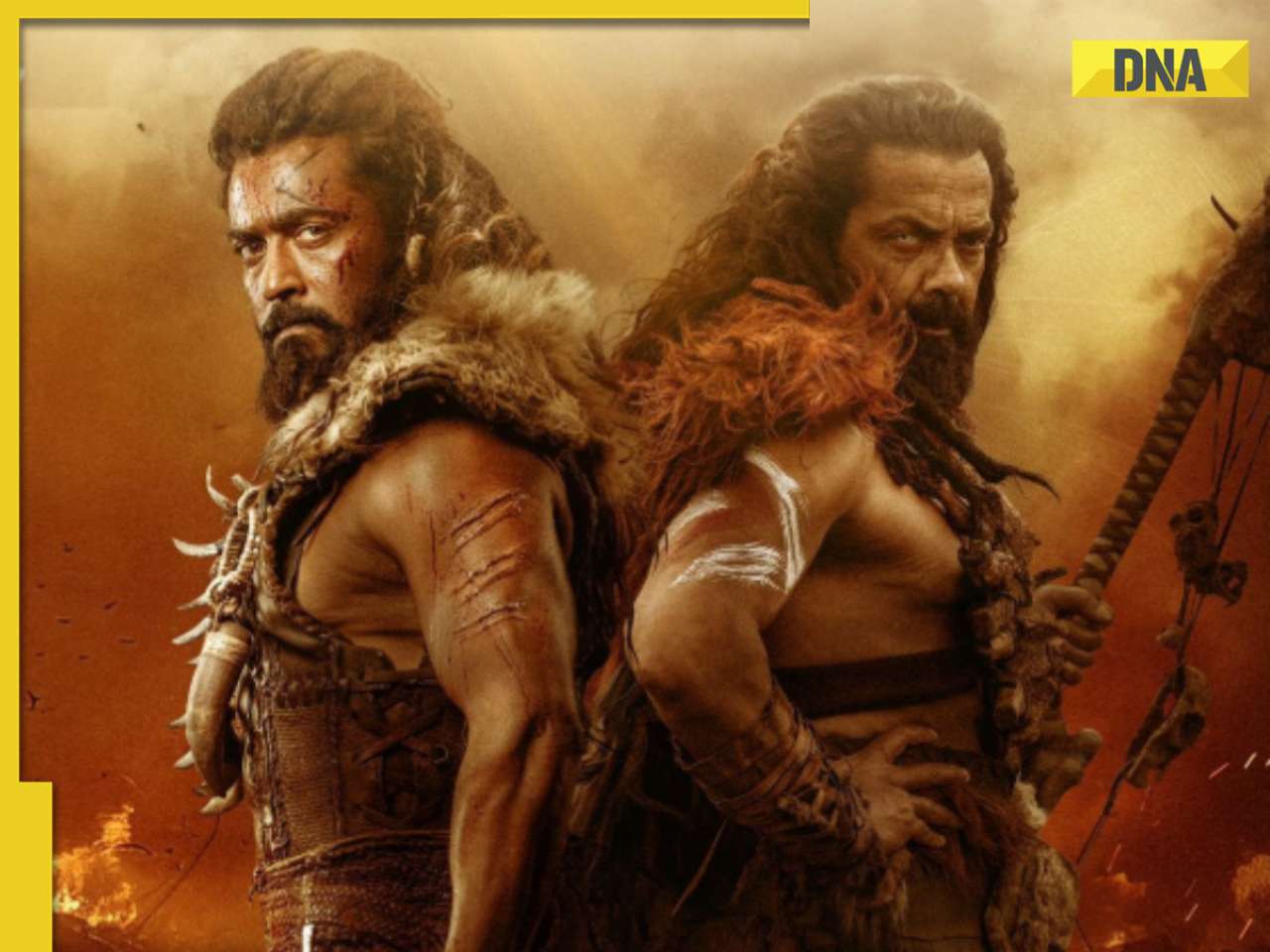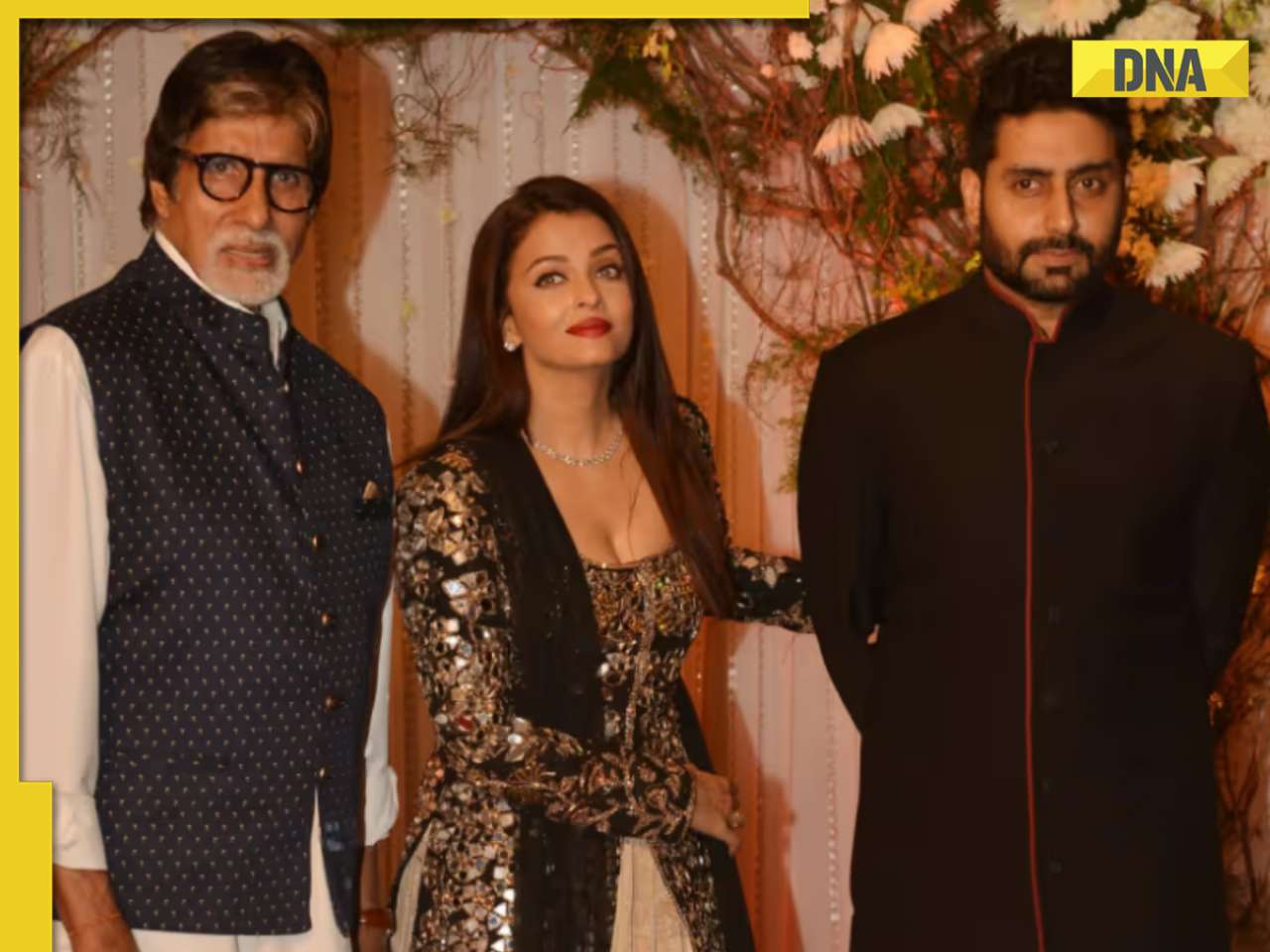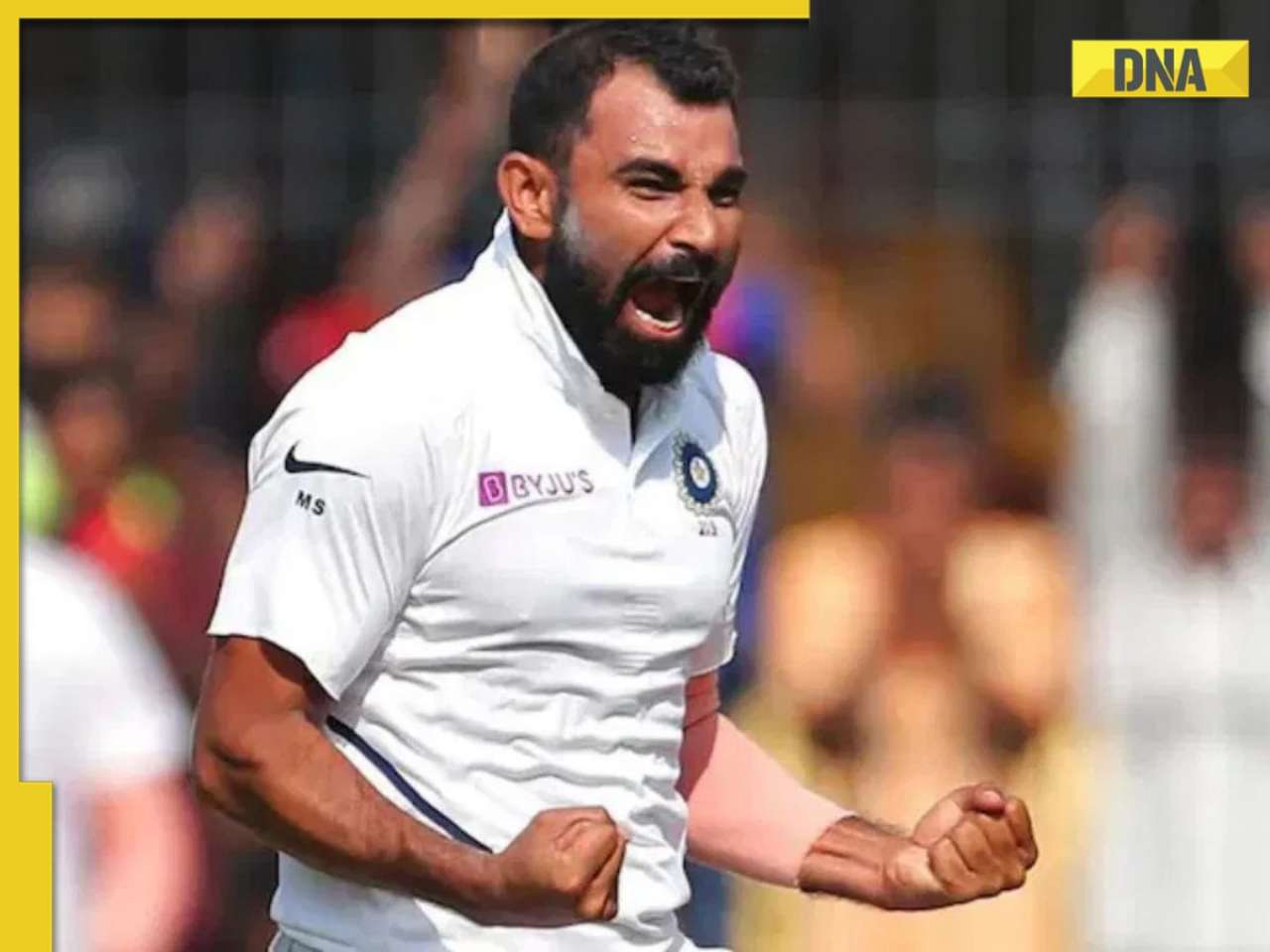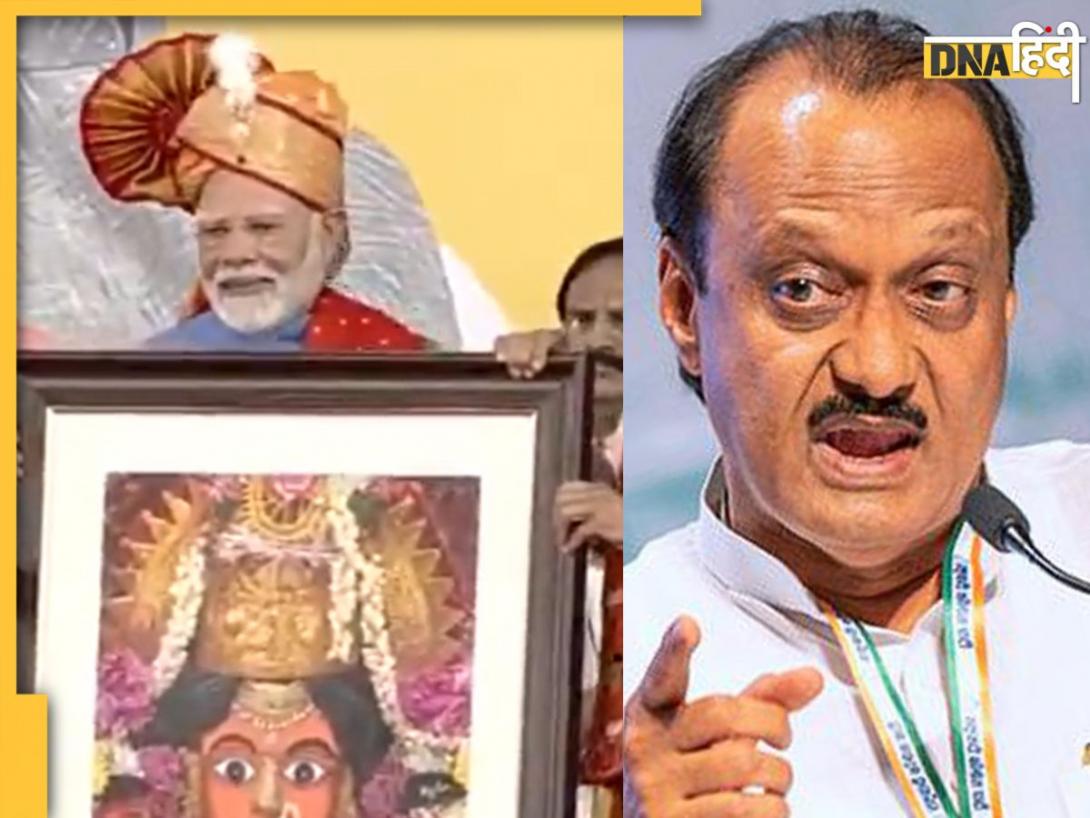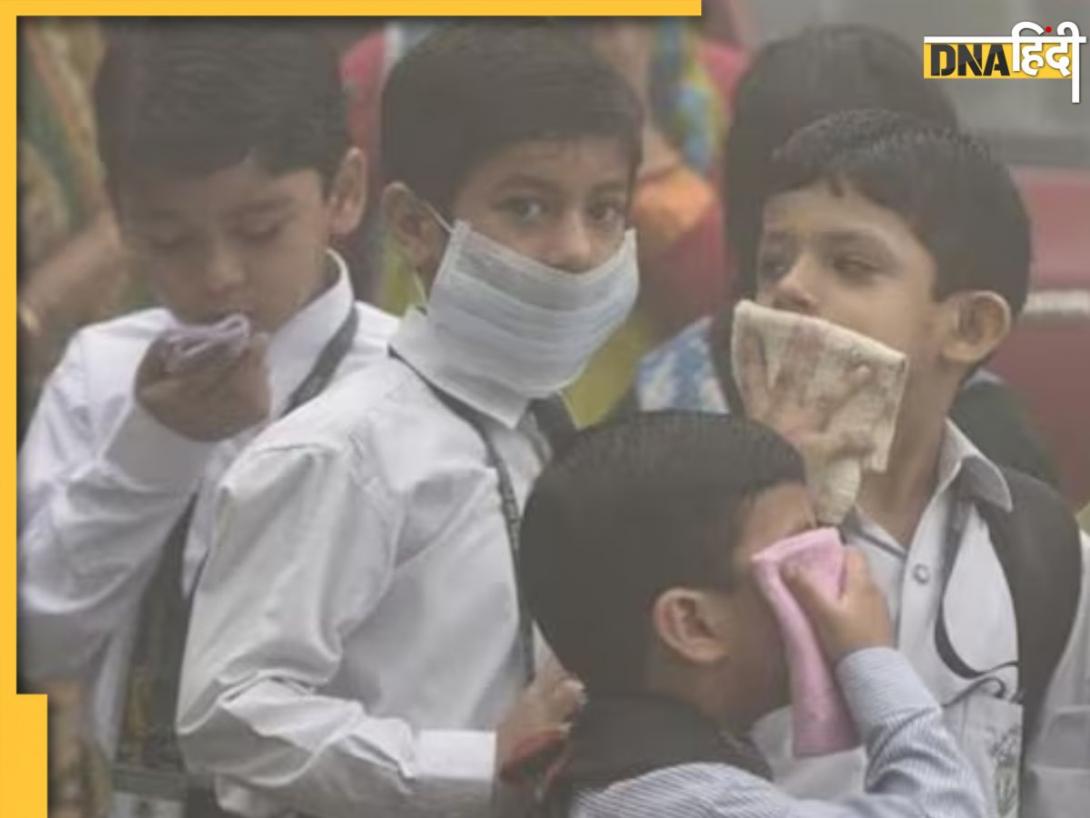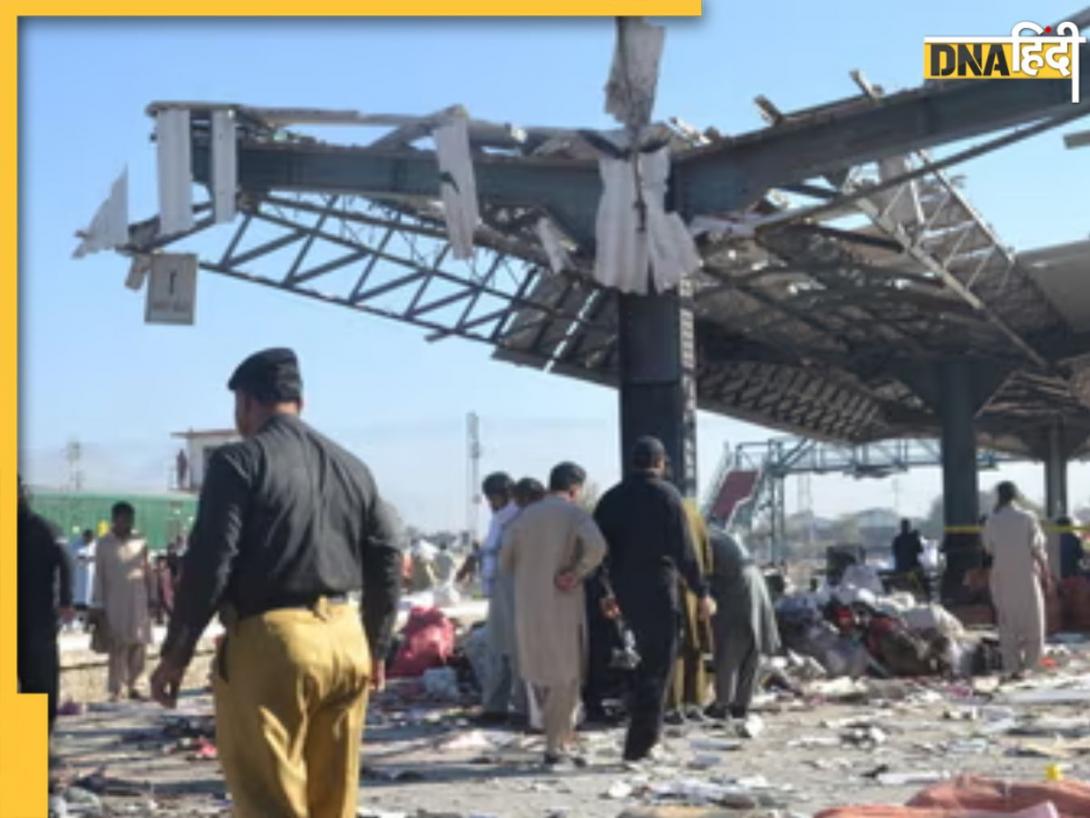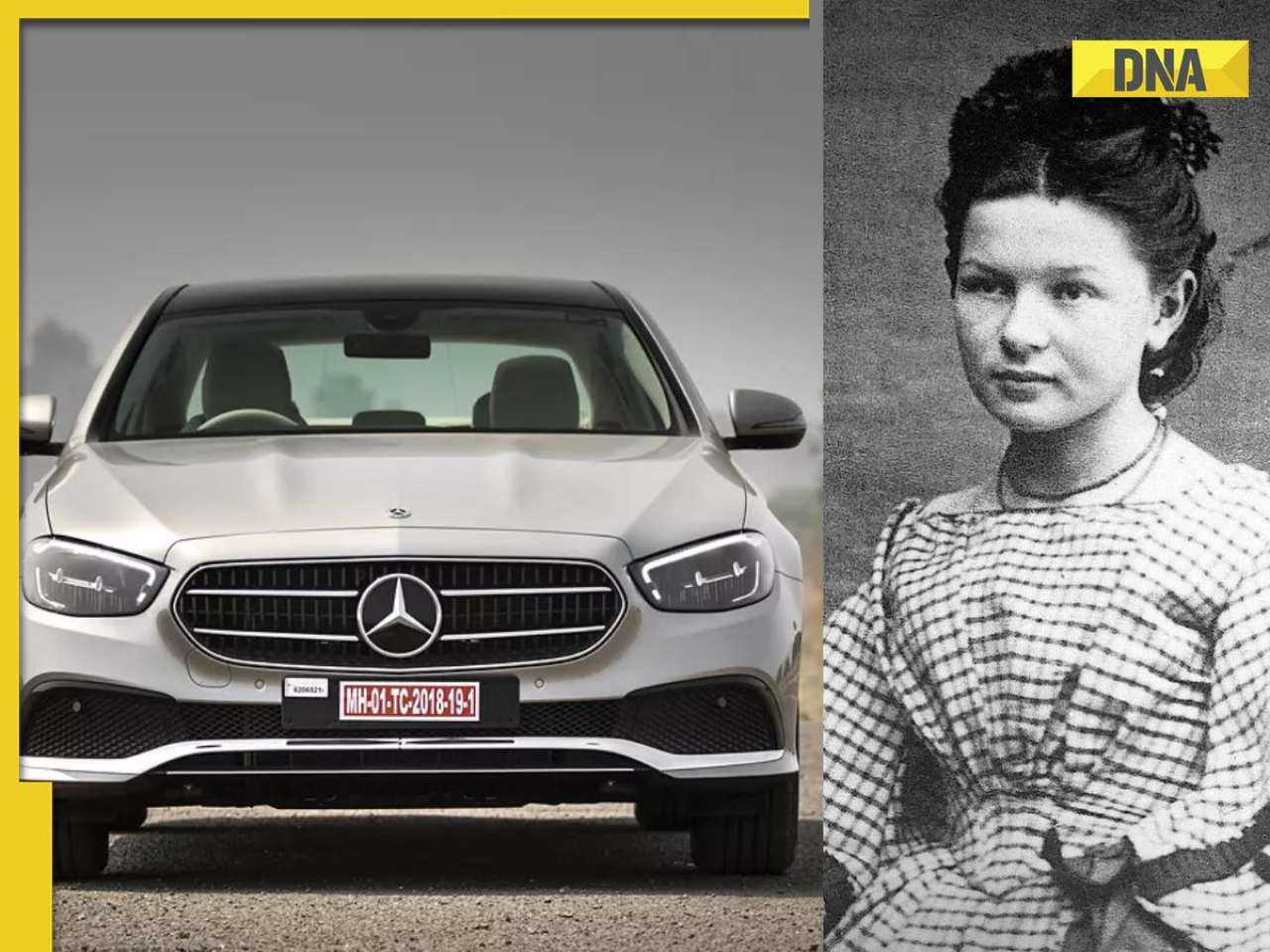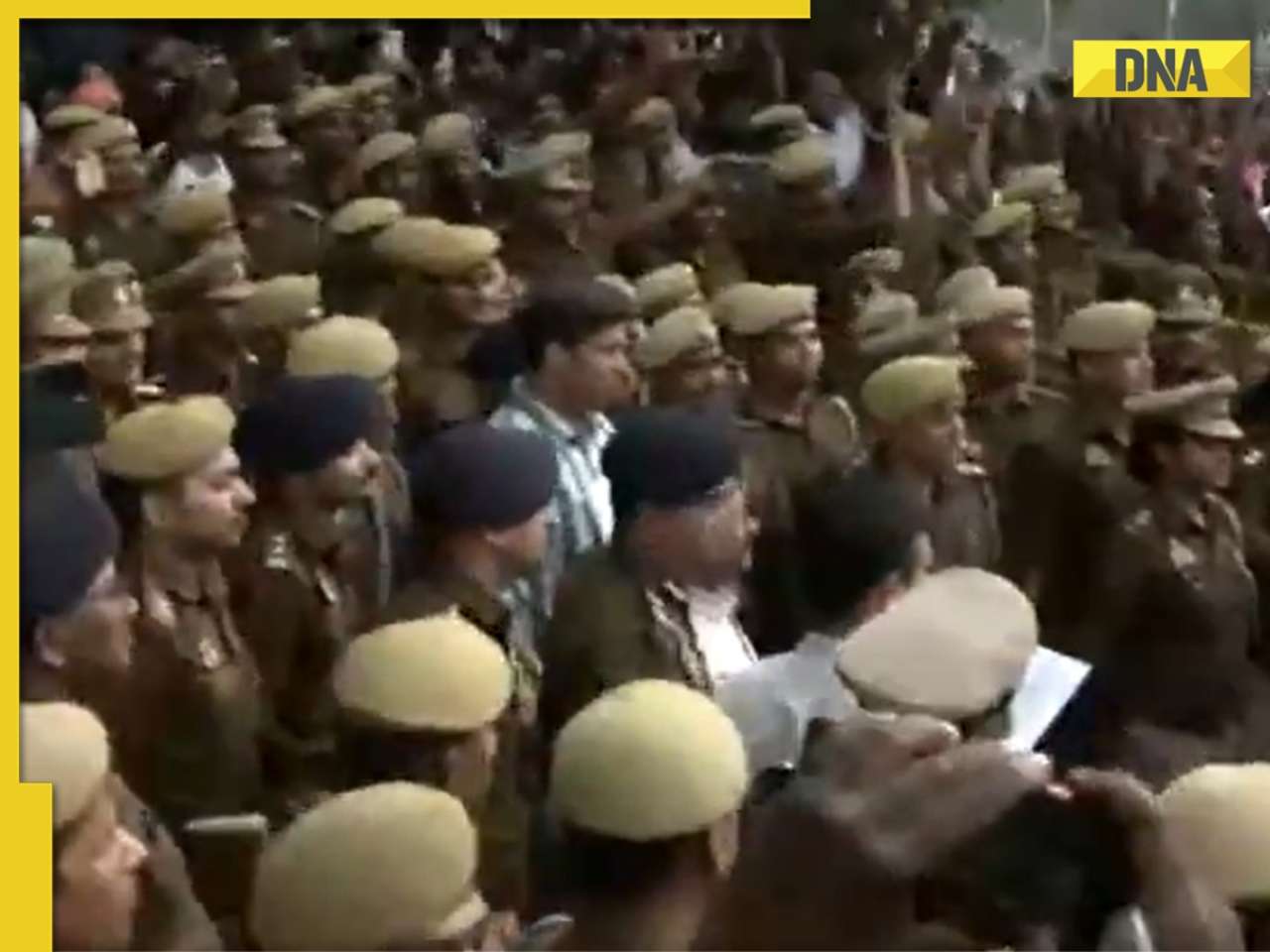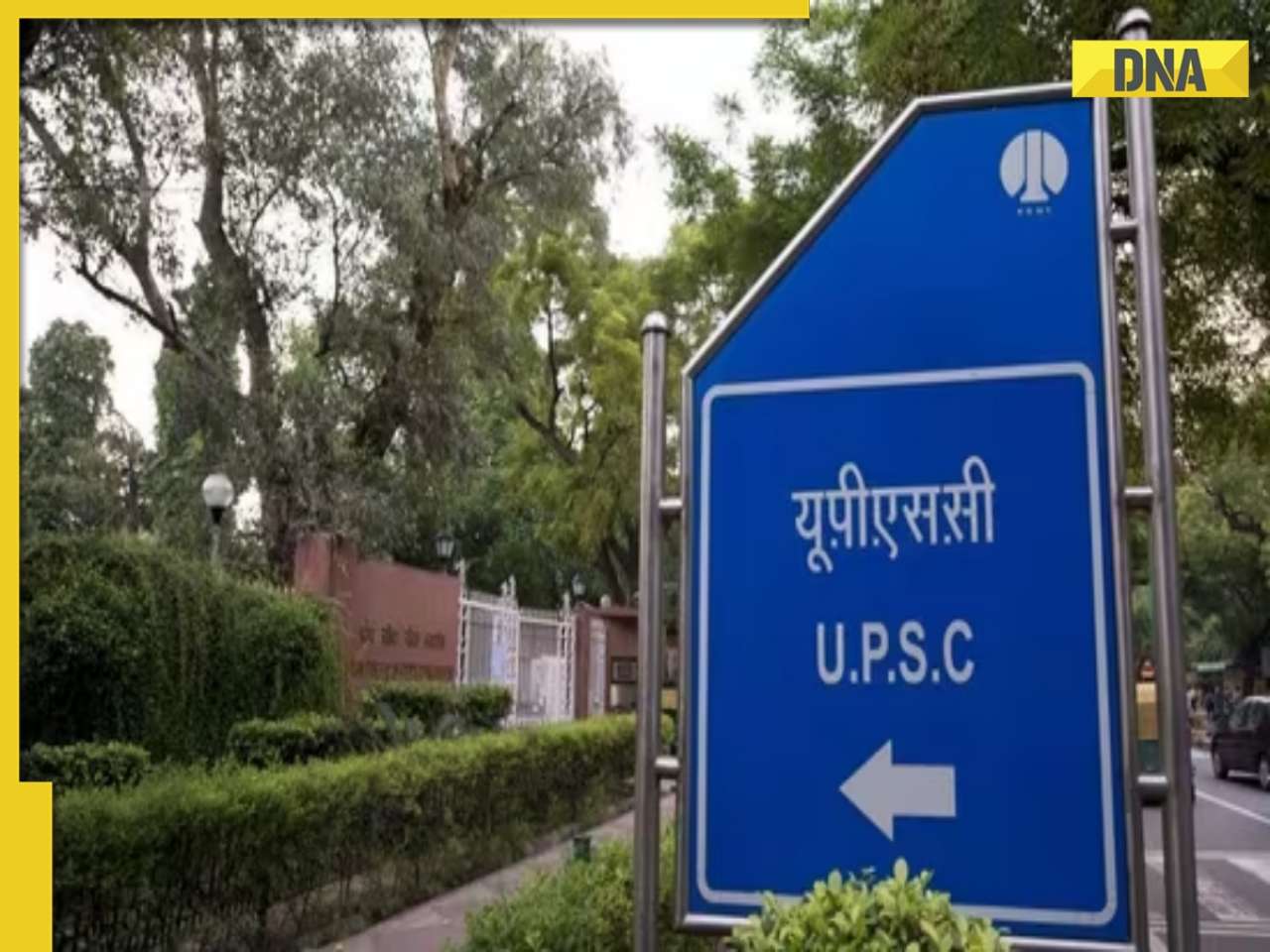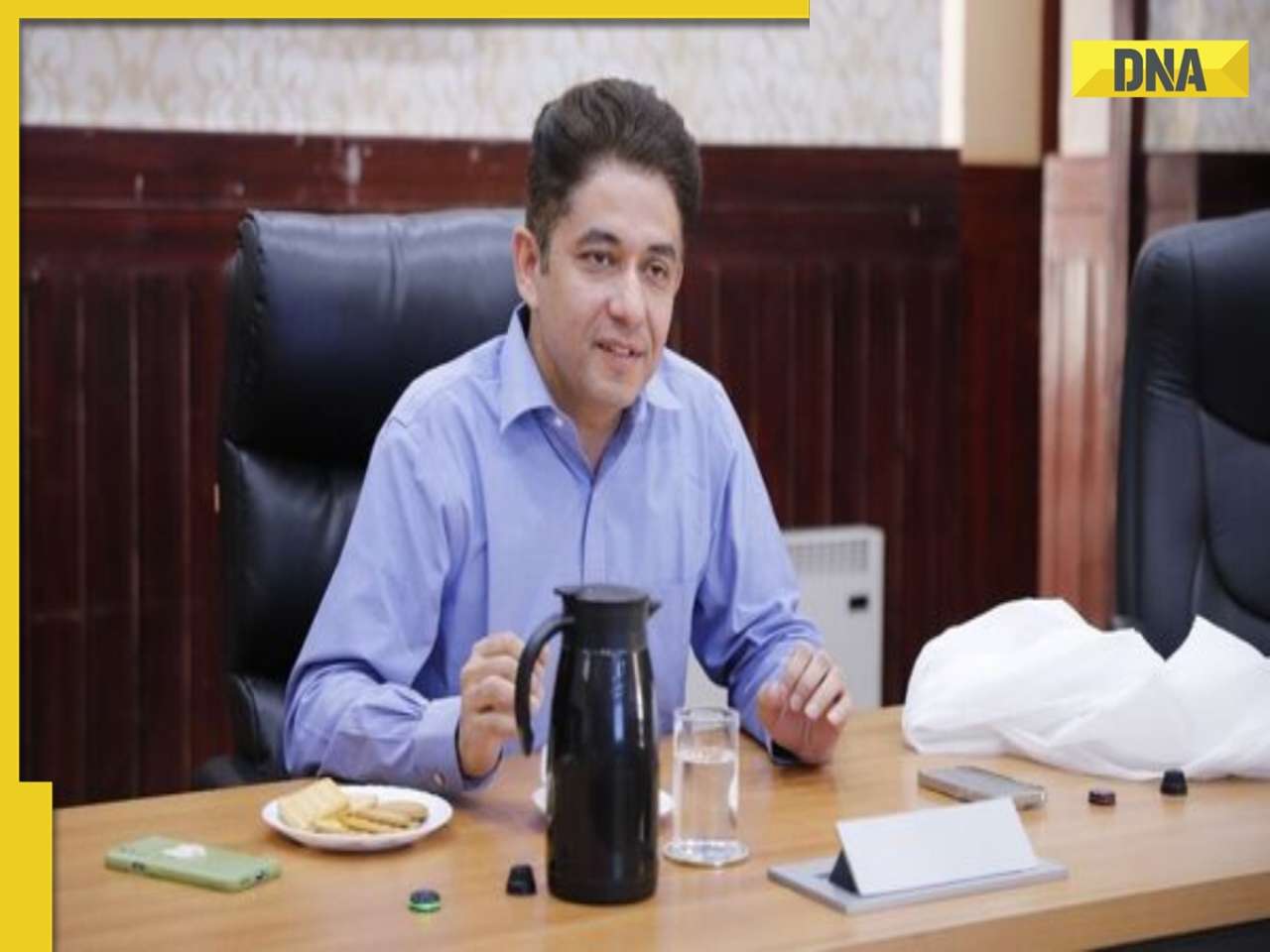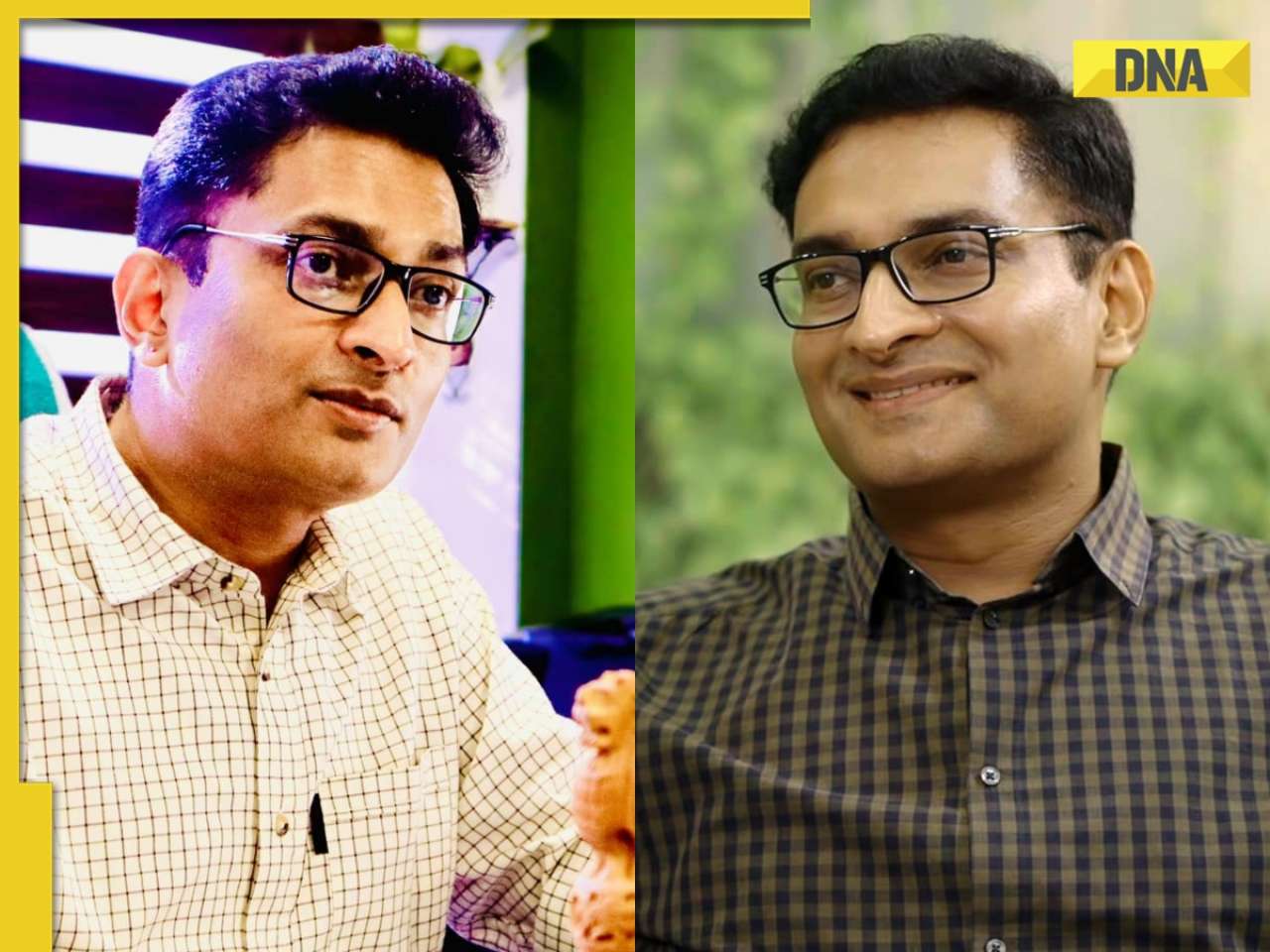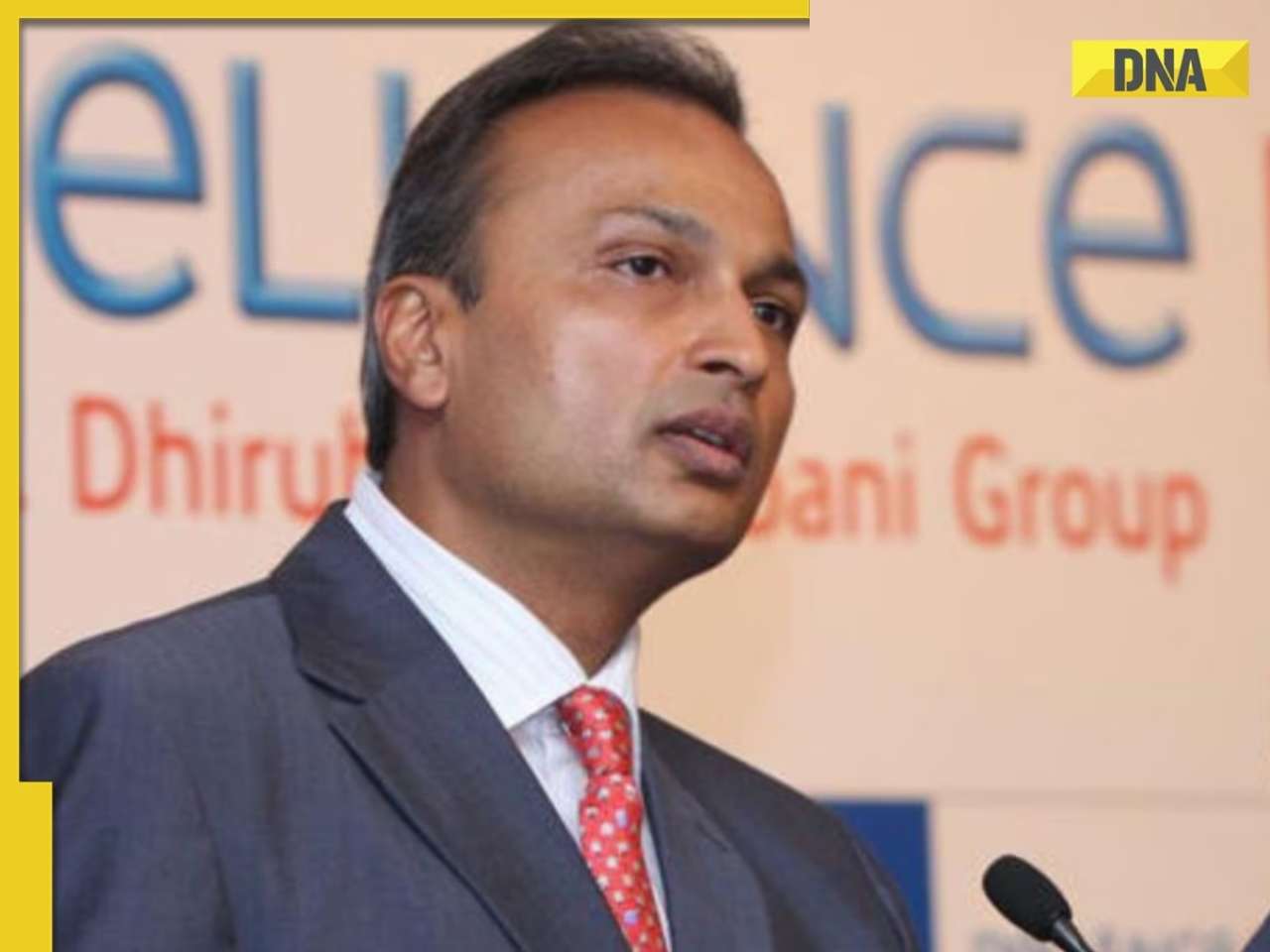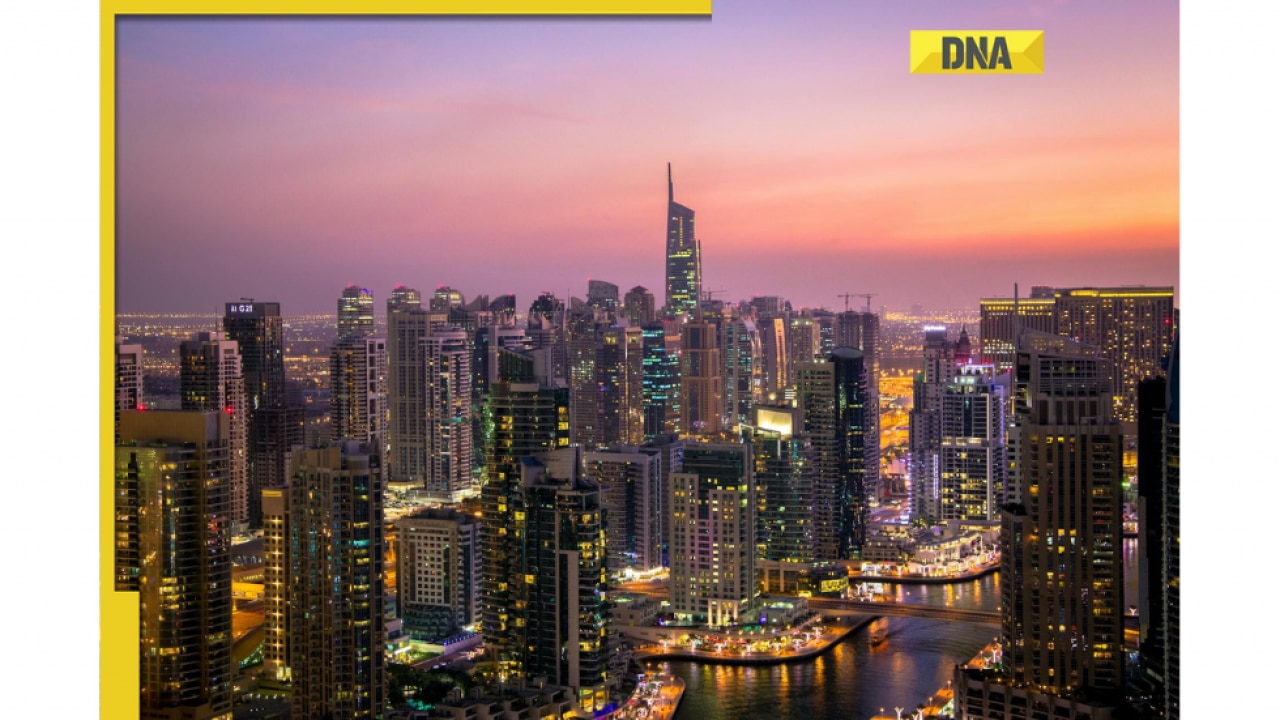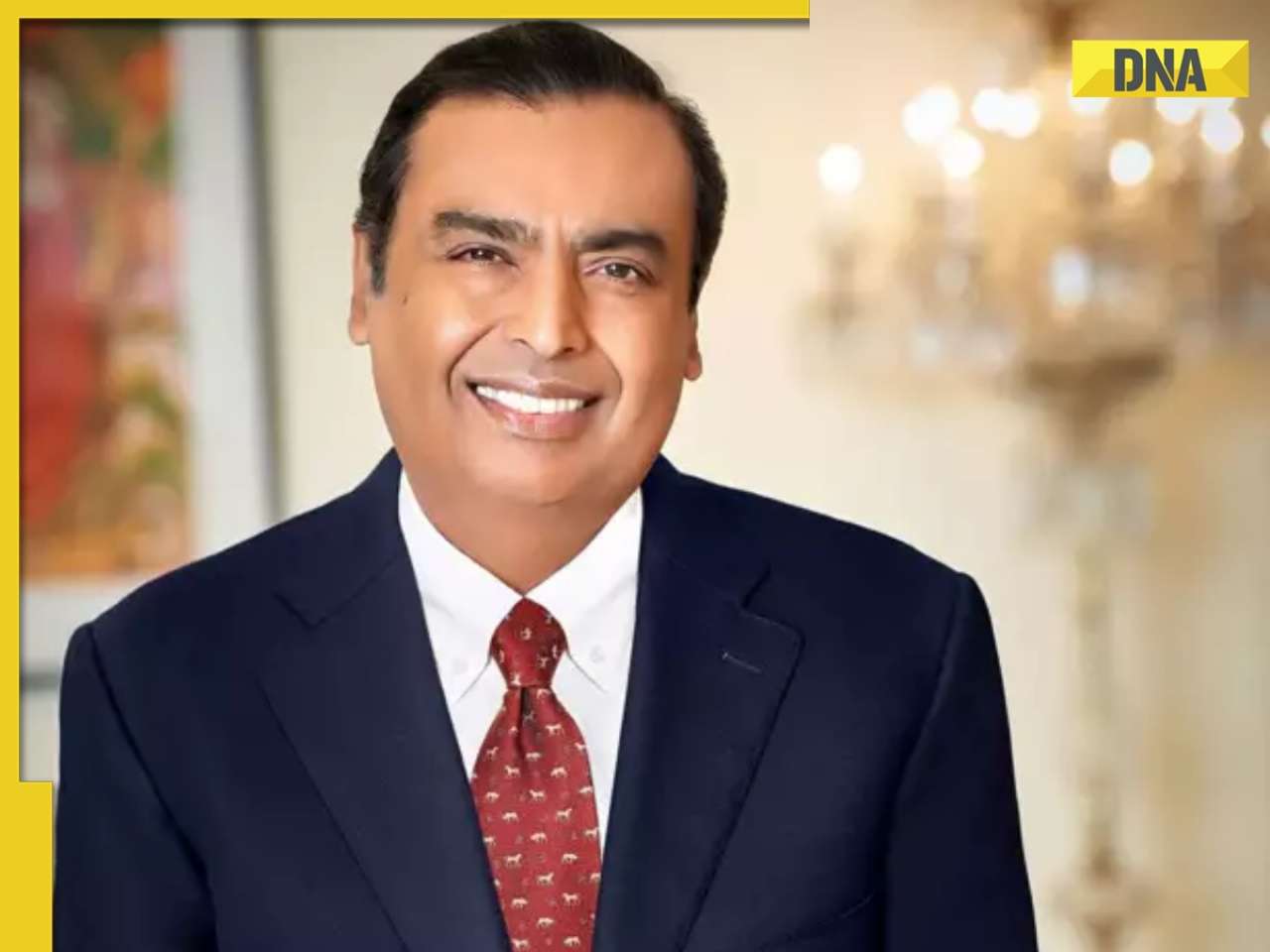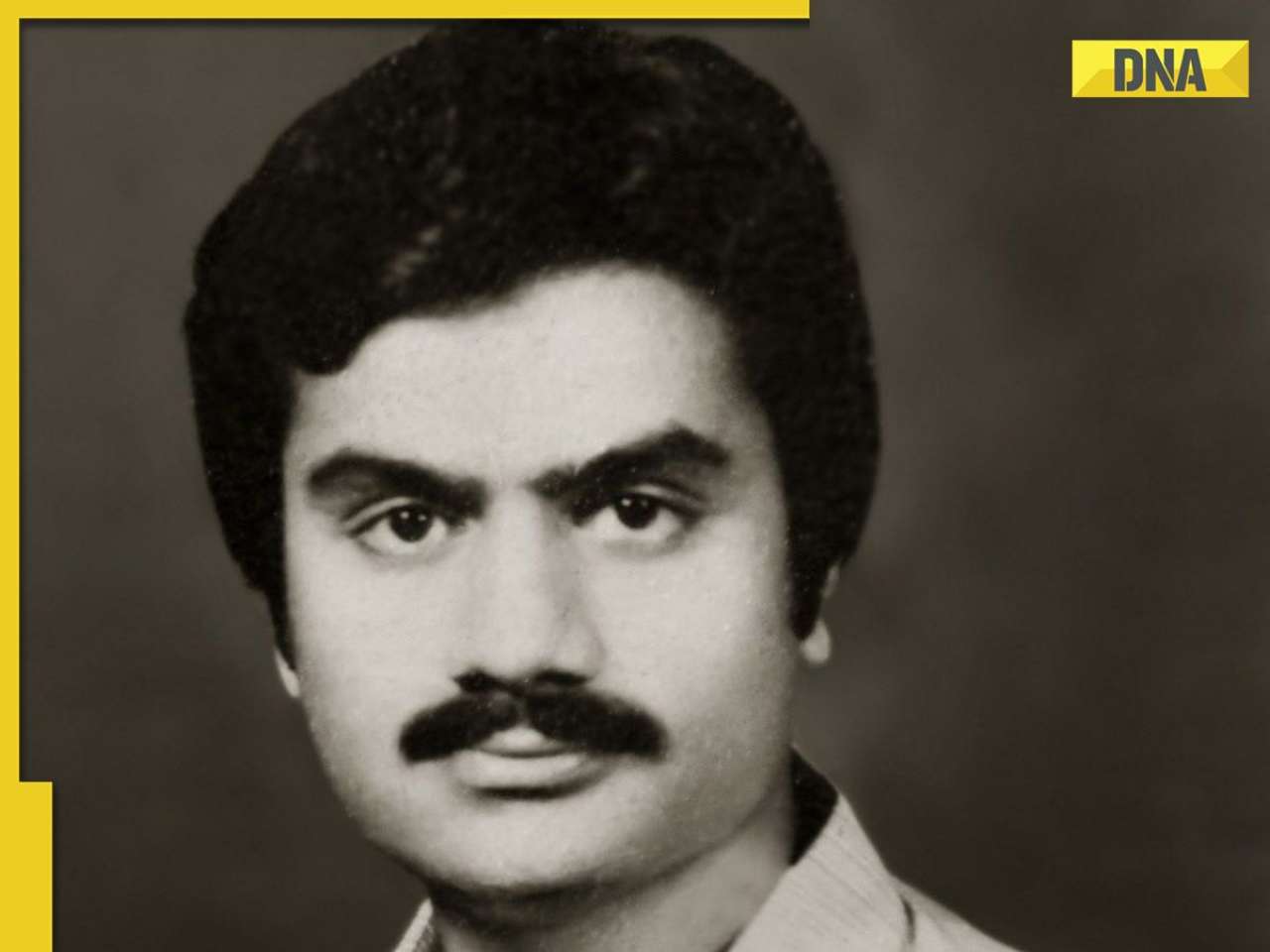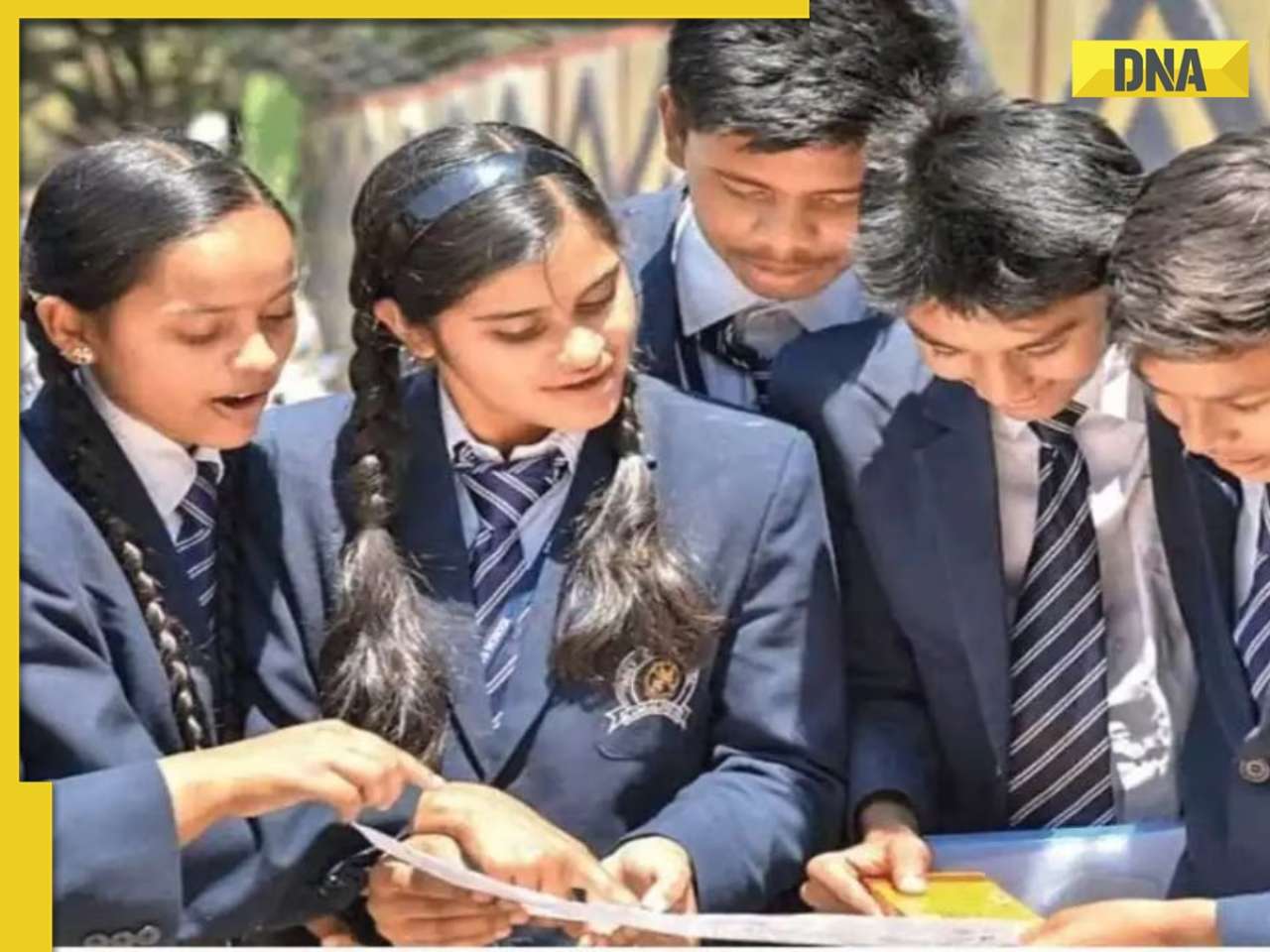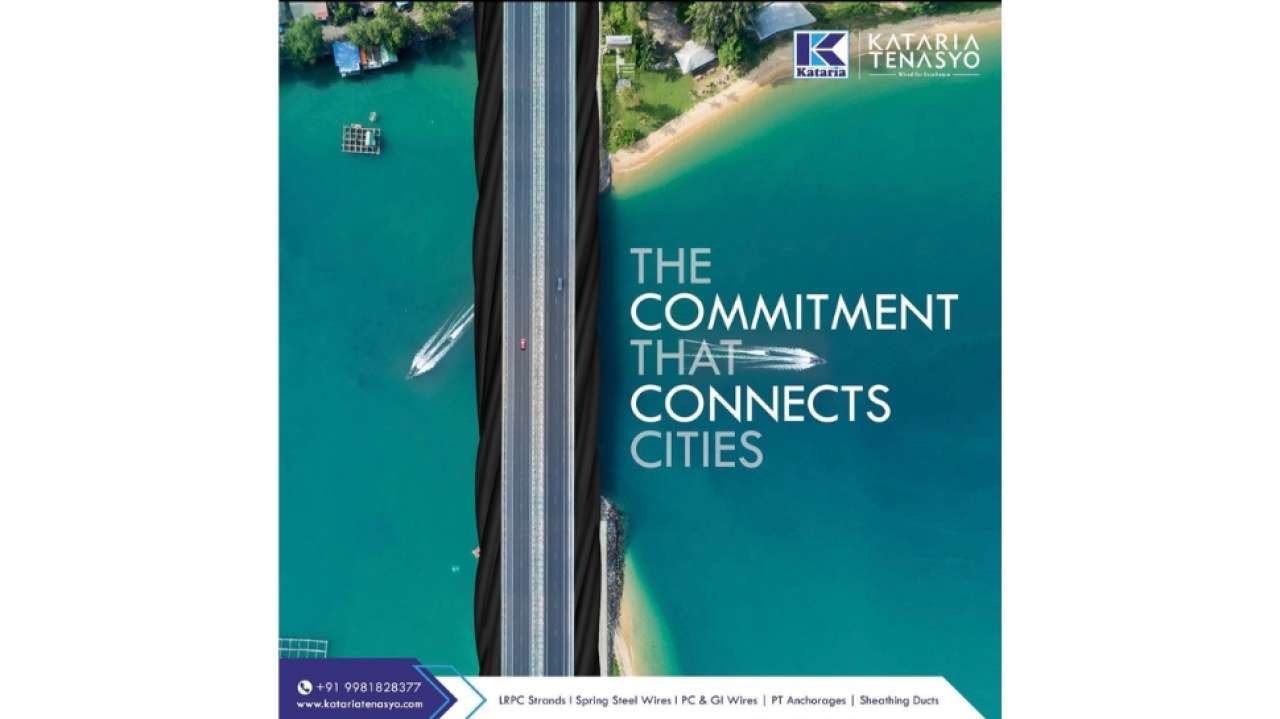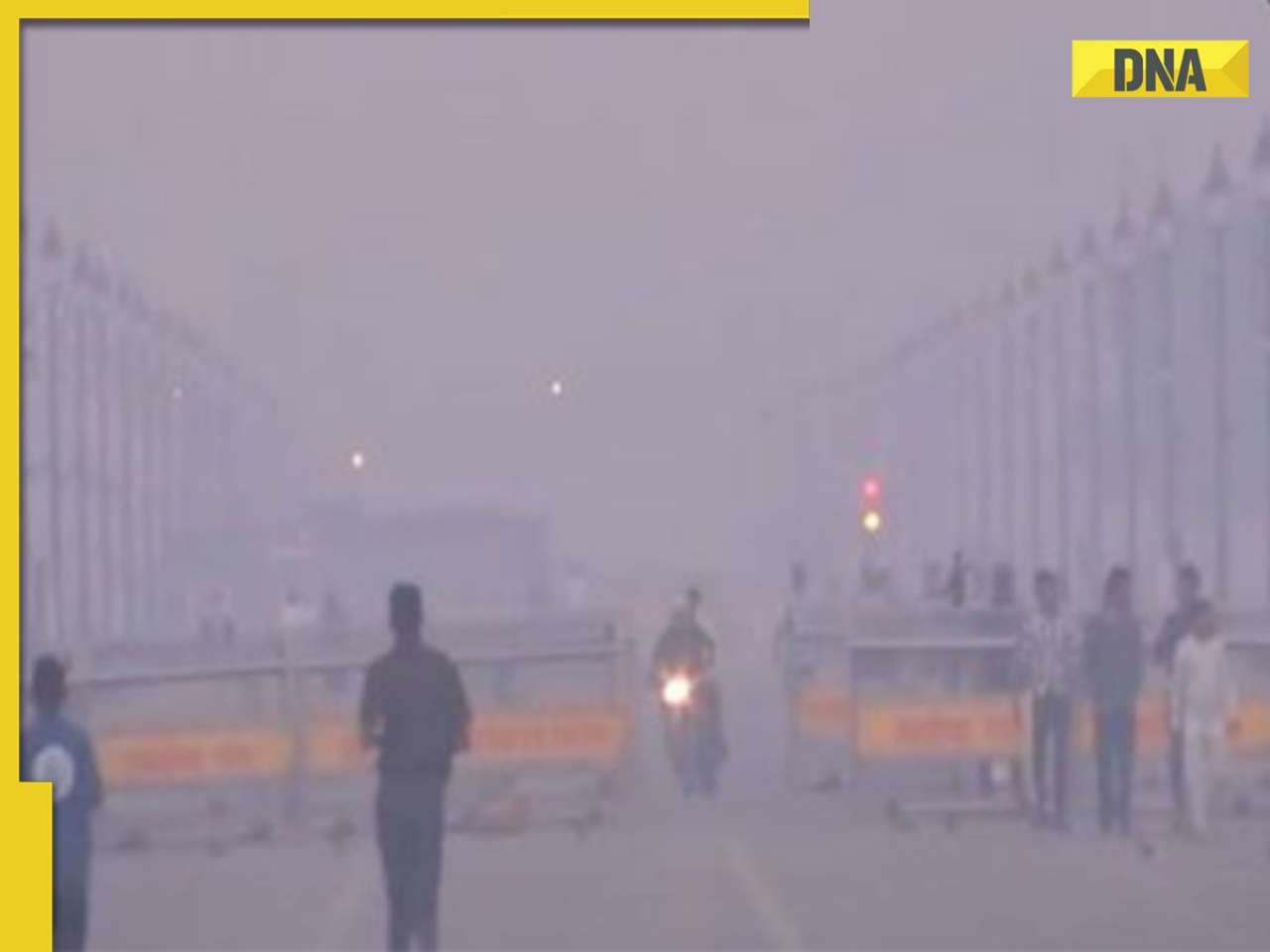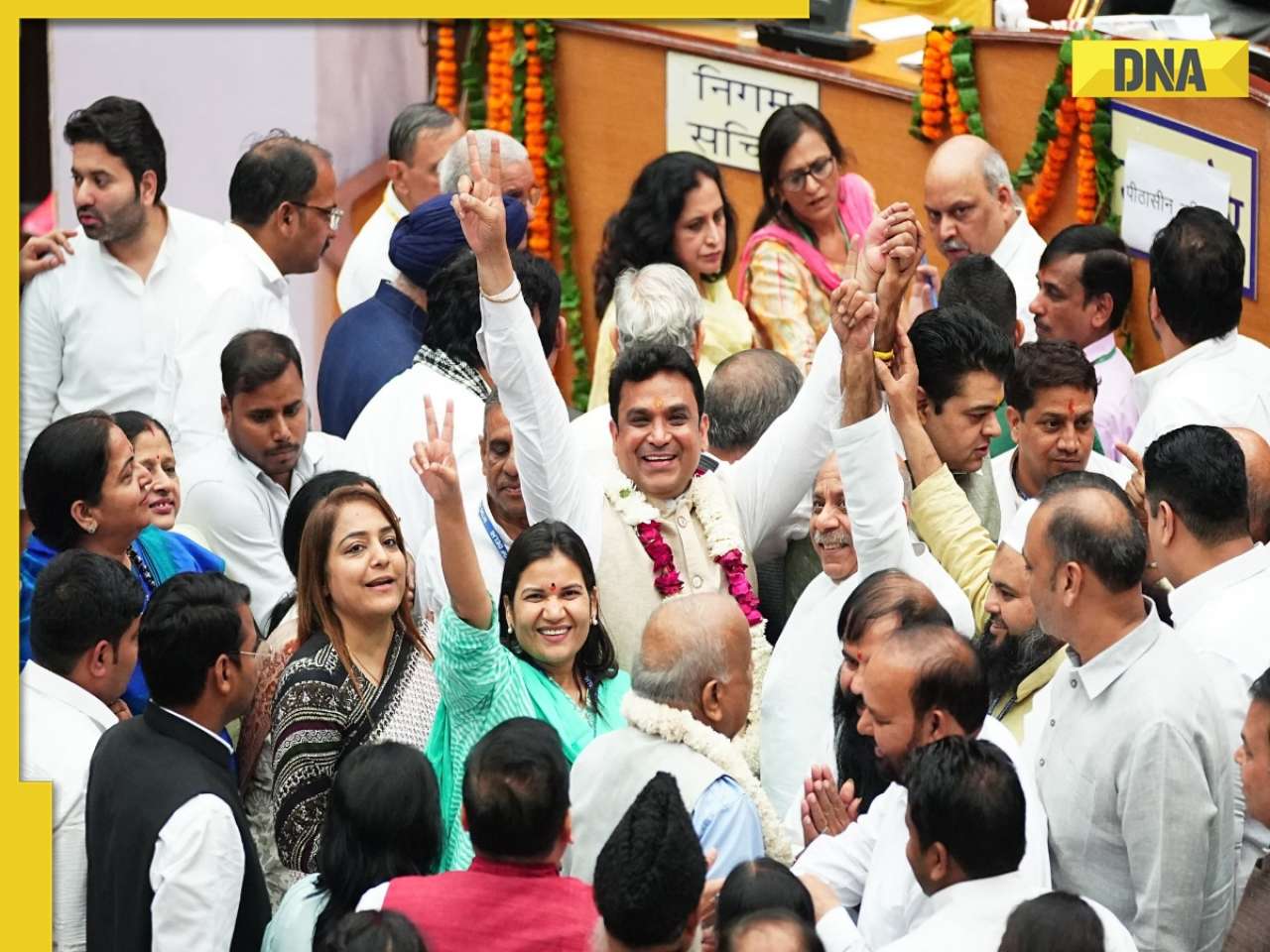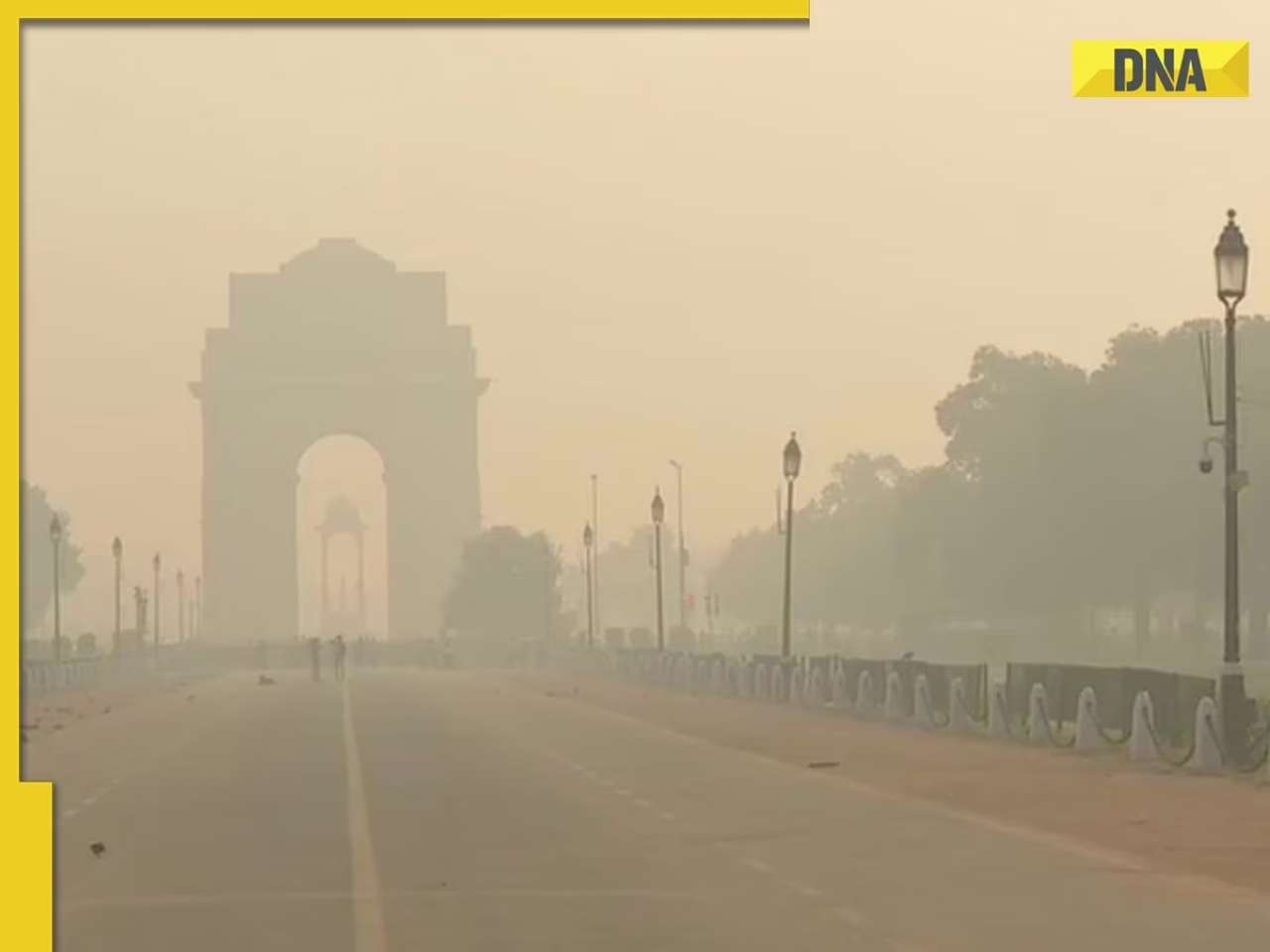- LATEST
- WEBSTORY
- TRENDING
ANALYSIS
Lok Sabha elections 2014: The anatomy of the election manifesto
TRENDING NOW
This year will certainly be remembered for one major event—the great Indian Election is back in play. The largest ever mass of enfranchised humanity will cast their votes in the biggest ever democratic exercise in history.
And as is customary for every election, all major political parties have published their election manifestos. The BJP, uncharacteristically, was the last major political party to publish their manifesto. Uncharacteristically, because the BJP has been this season’s leader in the effective use of branding, image management and communication across media. This tardiness in publishing the BJP manifesto elicited concern from its adherents, and ridicule from its opponents. To be fair, the delayed BJP manifesto is the most carefully crafted of all Election Manifestos of all parties in the fray.
Why is an Election Manifesto a big deal? Is the Election Manifesto is a vestigial artefact in these modern times?
Manifestos of ideological movements employ detailed philosophical, economic and doctrinal arguments to explain the rationale behind, the goals of, and the prognosticated path of, the movement. A classic example is the manifesto of the Communist Party by Marx and Engels - who can forget the goose-bump inducing “A spectre is haunting Europe...”?
An election manifesto serves a different set of purposes.
Setting Expectations Internally
Any national party in India has a diversity of ideological and regional special interest groups within it. The election manifesto of a national party is the formal documentation of the party’s election plank. It spells out the consensus agenda that is acceptable to all these special interest groups. Evidently, the more powerful a special interest group is within the party, the more the likelihood of its specific issues finding mention in the manifesto, and the stronger the language of commitment to them. Needless to say, political expediency plays a big part in this process.
The BJP election manifesto is an example of such a reconciliation. A modern development agenda is placed front and center, and yet the Ayodhya Ram temple agenda finds mention, albeit in much watered down form vis-à-vis BJP election manifestos of the previous two general elections.
There are 543 Lok Sabha seats, each representing a geographically demarcated constituency in India. The MP is elected by a simple majority of the votes polled. This inevitably leads to a predominance of local issues and a preeminence of local politicians in the elections. The party’s election manifesto circumscribes the scope of the promises that local politicians can make in their election campaigns. More importantly, the recognition of, and a stated commitment to resolve, long standing local issues, serves to consolidate and retain the support of local politicians.
A case in point is the issue of water allocation and riparian rights in the Rayalaseema region of Andhra Pradesh. The Congress and the BJP appear to have failed to provide sufficient assurances to the locally popular politicians on this issue. It is very likely that they will contest the 2014 elections as Independent candidates.
Projecting Wisdom, Maturity and Palatability
In the last decade and a half, India has seen the growth of an urban middle class that has aspirations, awareness and a willingness to engage in political processes to experience a measure of control over their destiny. And then, there are the affluent class and the industry leaders, who, though numerically small and electorally insignificant, wield considerable clout, not merely as contributors to political parties, but also by dint of controlling the mechanisms of production.
This population exhibits a modicum of considered thought in their political choices. They are aware of economics, defense and other factors not directly connected to their belief system, identity, existential paranoias, or immediate needs.
Some of them are capable of navigating the sometimes arcane, and always complex currents of policy, process and causality to form their own conclusions and arrive at choices. The majority, however, depend on the decipherment of experts in the respective fields to simplify and decode policy and issues on their behalf. This creates an ancillary eco-system of influencers, each with their audience who trusts them and makes seemingly rational choices based on their pre-digested chine.
Any decent election manifesto of a national party addresses issues like defense, foreign policy, infrastructure, transport, foreign investment norms, models for growth and development, power, oil and gas, social security etc. The true audience for these sections of the manifesto are the influencers whom urban voters depend on, to make their choices - editors, anchors, political commentators, security analysts, industry and a teeming litter of expert commentators.
In their 2014 election manifestos, the two biggest political parties, the Congress and the BJP, have an alarming level of convergence on the broad policy direction on many of these issues. Part of the reason is the worldwide inter-connectedness of supply chains, trade, capital flows and markets. The imperatives of functioning in a global economy delimits the latitude of individual nations in setting policy and direction for several aspects of finance and trade.
Another factor is the current socio-economic reality of the country; food security is a good example.
Last but not least, it is also the result of both parties playing to the same gallery of focus groups. The painstaking crafting of the manifestos to meet the expectations of influencers has, unsurprisingly, resulted in a bland, homogenous jargon soup that is only differentiated by the kind of nuts in the garnish. The inclusion and highlighting of desirable elements in the manifestos to enable support and the suppression or watering down of undesirable elements to deflect criticism has resulted in an appalling lack of choice for voters if election manifestos were the yardstick.
In welfare terms, both the Congress and the BJP manifestos have nearly the same platitudes about food security, housing and health care. The Congress manifesto explicitly promises to reduce subsidies, whereas the BJP has comforted its supporters by avoiding the word subsidy completely. The BJP promised to implement the FSB more effectively, and the Congress knew enough to mention protein energy deficiency and promise to address it.
Education has been given short shrift in the manifestos of the Congress and the BJP. Both parties support the Right to Education bill but their manifestos say nothing about curing the fundamental infirmities it suffers from. The manifestos of both the Congress and the BJP indicate a continuation of the debilitating policy of government appropriating private schools to fulfill its K-12 education obligations. The Congress manifesto talks about vouchers for skill development of SC/ST graduates. The BJP manifesto succumbs to the temptation of using online as a panacea and promises MOOCs as a way to impart vocational education.
No major differences show up in the defense sections of the Congress and the BJP manifestos. The BJP manifesto does include a wide range of desirable jargon indicating a distant focus on reshaping the landscape of defense procurement and production.
On India’s nuclear doctrine, the BJP caused some confusion about the no first use policy by promising to continuously update it to keep it current. The Congress raised eyebrows by eliminating the word minimum from India’s nuclear deterrence capability. Both these can be attributed to lapses by copywriters tasked with the crafting of the manifestos, and unfamiliar with the domain language of nuclear strategy. One can only hope.
The foreign policy sections of both the Congress and the BJP manifestos are surprisingly wishy-washy, given the amount of diplomatic expertise available to both parties. A mitigating factor could be the fundamental lack of leverage that India possesses, either in its dealings with the G7, or with its neighbors. The BJP manifesto mentions, grandiosely but vaguely, a reboot of India’s foreign policy and an extension of the existing look East policy to include a scope expansion of regional groupings. Neither manifesto mentions the 800 pound US of A in the foreign policy zoo. The Congress mentions China in passing and the BJP doesn’t, which is unsurprising, since India lacks the necessary means to formulate a robust China policy that is amenable to implementation. The takeway from both the Congress and BJP manifestos is that nothing will change in the near-term.
In economic and financial terms, neither party is willing to go beyond allowing states to decide on FDI. The BJP stance further excludes multi-brand retail from the permitted list. Disinvestment is evidently an untouchable for both parties. The Congress explicitly commits to financial sector reform, but the BJP does not.
Industrial and infrastructure development is another of those desirables included in both manifestos, and the differences being in promises of efficiency by the BJP. The Congress manifesto has PPP and the BJP manifesto one-upmans that with PPPP and single window clearances. Tiny details like special railway carriages for agricultural produce show up in the BJP manifesto - a blistering example of the level of specificity that differentiates the two.
In power generation again, there is little to recommend one manifesto over the other - the BJP also committed to the current nuclear energy policy, and someone in the BJP knew enough to include the word Thorium in the manifesto.
Appealing to Voters
India’s mammoth population has varying levels of literacy, poverty and political awareness. In the country beyond the cities, the larger India is semi-urban and rural. Here, caste, region and religion more overtly dominate politics and political choices. Here, as in the slums and ghettos of the metros, politicians mobilise votes en bloc with the help of local sectarian leaders.
The employment of sectarian leaders to influence votes is not confined to the slums, the ghettos, the illiterate, the unemployed, or the rural poor. At a larger level, there are a second breed of influencers who appeal to beliefs, emotions and existential paranoias of people. More urbane and sophisticated than the small-scale overtly brutish sectarian touts, these large-scale influencers are perceived to have much larger audiences Their geography of effectiveness casts a wide net in urban areas too, snagging both the middle class and the affluent. - this is especially true of religious leaders - Imams, Shankaracharyas and even quasi-religious ones like Sri Sri Ravishankar.
The Election Manifesto also serves to solicit votes and canvass voters and their influencers. This is at odds with the palatable image of wisdom and maturity, because the campaign on the street stoops rather lower. In many cases, including material in the manifesto for the express purpose of increasing the vote-count reverses some of the desirability that was painstakingly inserted for the benefit of the thinking influencer.
The Congress manifesto does this by including a commitment to a consensus on affirmative action in the private sector - a body blow to merit. The BJP manifesto, not to be outdone, succumbed to its support base and included a commitment to exploring all possible constitutional means to build a Ram temple in Ayodhya. A body blow to secularism and a victory for the RSS which has been variously been called extreme, neo-right and fascist. The BJP manifesto also talks about amending the constitution to pass a Women’s reservation bill, leaving the door open to speculation on Constitutional amendments for other purposes.
Both parties lose thinking voters as a result, so one can only deduce that both parties have calculated that there is a net electoral gain to including these otherwise undesirable agendas.
It is very likely that Congress agenda of affirmative action in the private sector will go into an infinite tailspin and never become a reality. It may well be that the Ayodhya Temple will end up in limbo and cause no communal conflagrations. But the intent has been documented. And the special interest groups and coalition partners will demand their pound of flesh.
The Voter’s Conundrum
When the two biggest parties conduct market-research and accordingly craft, polish and refine their election manifestos to the point of irrelevance, how can voters differentiate between the twain?
This election is perhaps the most chaotic in the history of the India. There is a plague on both the houses. The incumbent Congress-led government is cursed with corruption scandals, ineffective governance, entrenched dynasticism with a weak presumptive PM candidate, and anti-incumbency despite having GDP and Development numbers comparable to the claims of the contender party. The contender BJP and their declared PM candidate are, in their turn, damned by their deep-roots in the extreme religious neo-right Sangh parivar, a disturbing lack of contrition for their responsibility in allowing the 2002 riots to occur in Gujarat, unfounded assumptions of the countrywide applicability of the politically-coined Gujarat model, which is based on dubious claims of success.
Both the parties have fielded severals candidates with criminal records or with serious criminal cases filed against them - a testament to how winnability still trumps political rectitude in India. Regardless of which of these two parties comes to power, the well-known nexus between politicians and big industry will continue untrammeled. The levels of development and the rate of growth and the state of the economy - none of these are likely to be different enough to matter on the ground, for the common voter, under either government.
Voters can look further afield, but the pickings are slim. The Trinamool Congress (TMC) is very likely to play a major role in the formation of the next government. Their agenda is clearly that of a welfare state - the TMC is opposed to FDI in any form and even to market pricing for fuel. Beyond welfare and a commitment to the upliftment of backward classes of all hues, the TMC Election Manifesto has little to recommend it. The incidents of suppression of free speech and the autocratic, sometimes whimsical functioning of the TMC leadership do not inspire much confidence.
The Aam Aadmi Party (AAP) is the newest rookie on the political beat. The AAP Election Manifesto is heavy on its foundational plank - eliminating corruption. Another focus area in the AAP manifesto is the strengthening of village level institutions, with the goal of leveraging them to deliver governance, faster judicial turnaround and even better schooling. Even though the AAP is contesting over 350 seats in the country, it is still evolving its positions on several important aspects including infrastructure development, economic reform and internal security and defense.
The only option available to voters in this situation is to elect clean candidates in their constituencies, preferably for Independents who pass the probity test. The major political parties use the bogeyman of instability to solicit votes. There is no such danger. The real danger is in getting a Prime Minister who is incompetent, or worse, inimical to the inclusive, democratic nature of India.
If Indian voters can get enough good, sincere, honest, hardworking candidates into Parliament, India’s democracy is strong enough to weather the resulting convulsions as it breaks free of the insidious symbiotism between politics and corruption.
India and its Democracy will not merely survive the upheaval - they will emerge the stronger for it.
_________
Sarraju Narasinga Rao is a technologist by profession and a farmer by aspiration. Living in five countries on three continents has given him a healthy respect for Indian democracy, and a wary optimism for its future. His top three interests are Defense, Geopolitics and Energy. When not on the run, he cooks for relaxation, photographs for fun, and reads for the sheer joy of the printed page. He tweets at @syrinje.

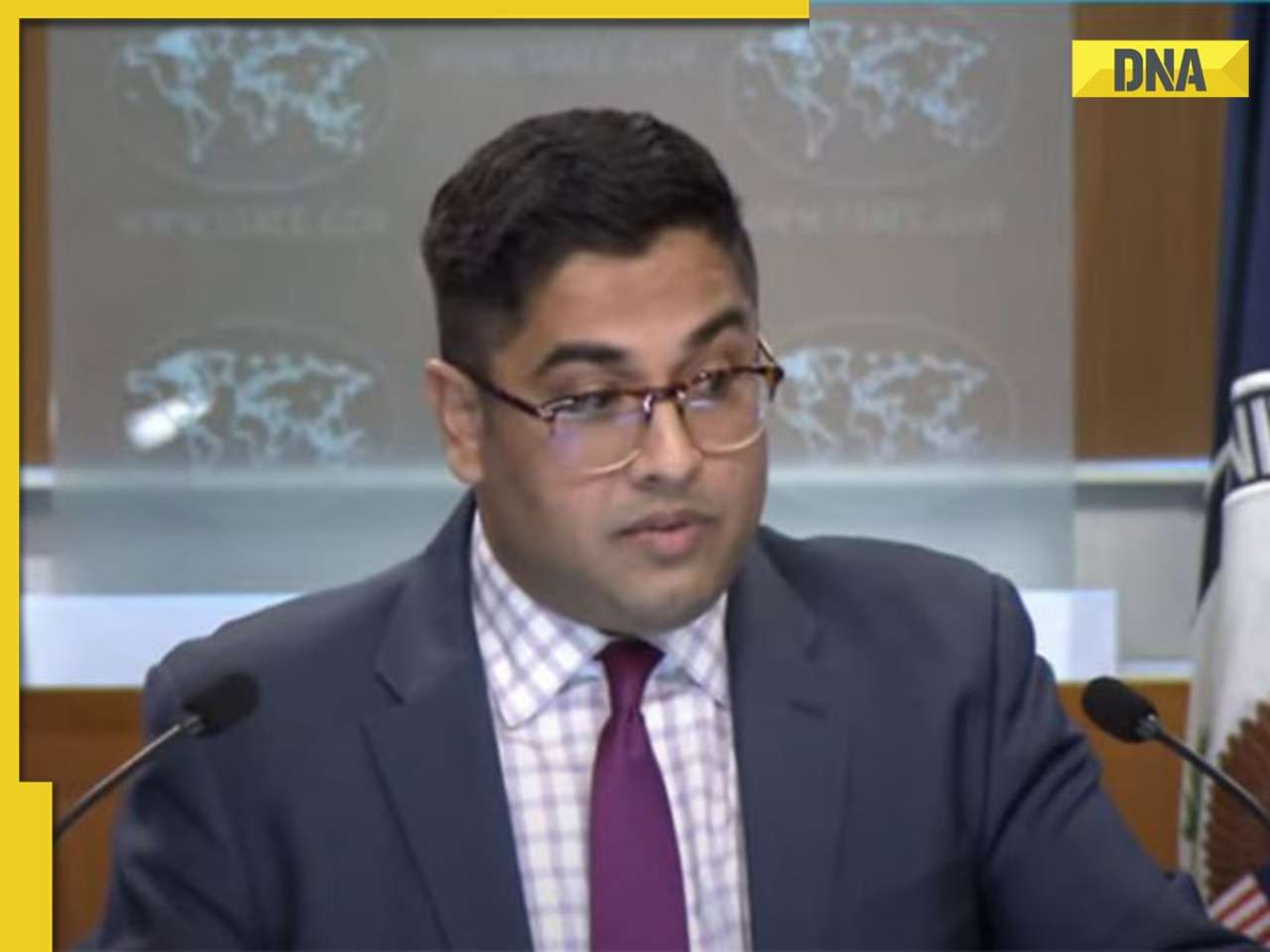
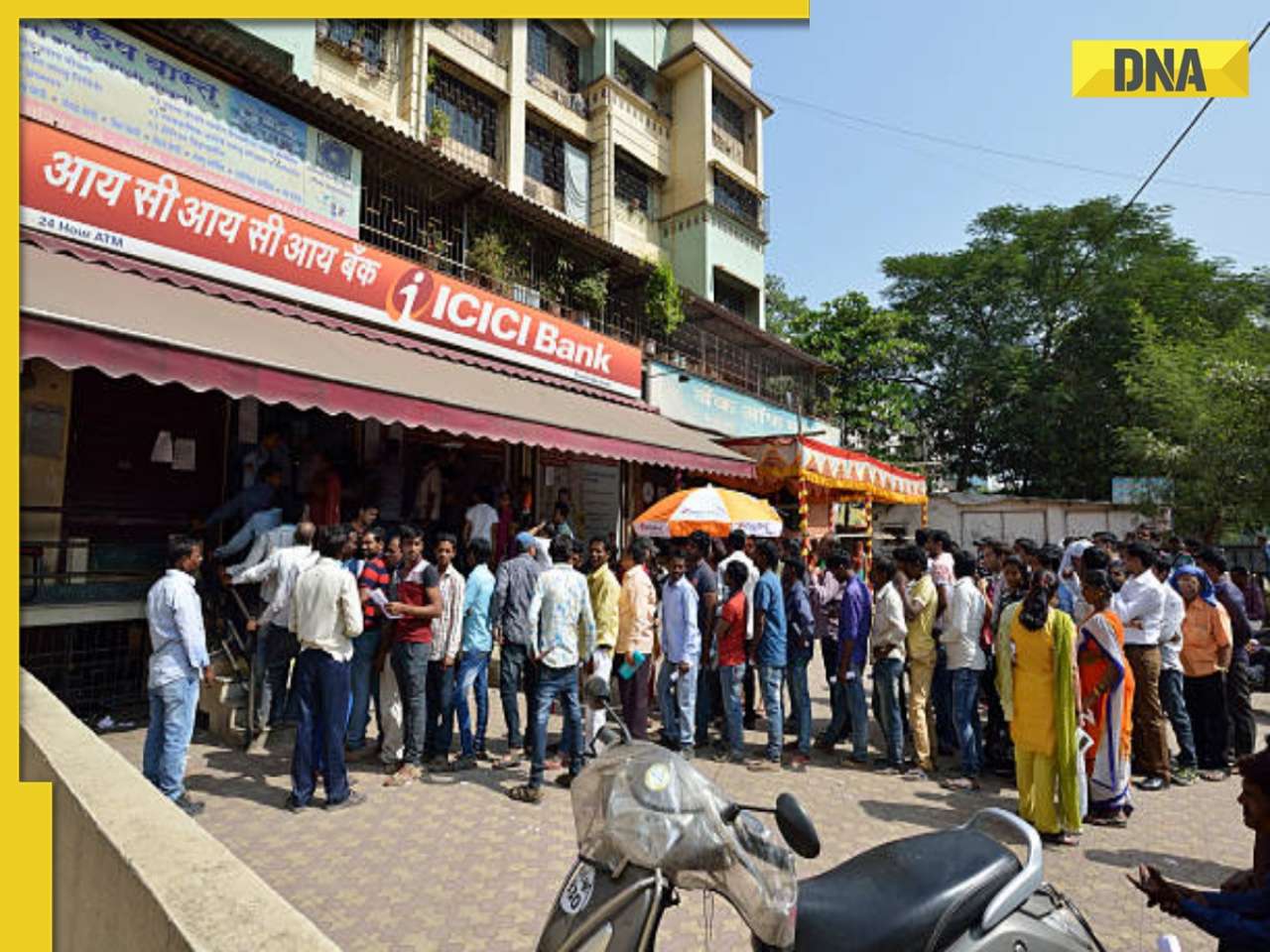




)
)
)
)
)
)
)
)
)
)
)
)
)
)
)
)





